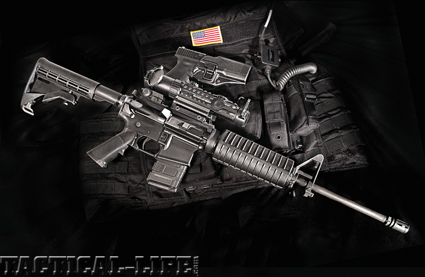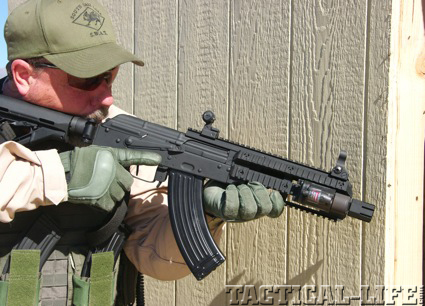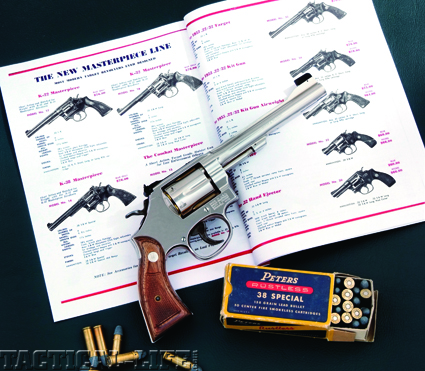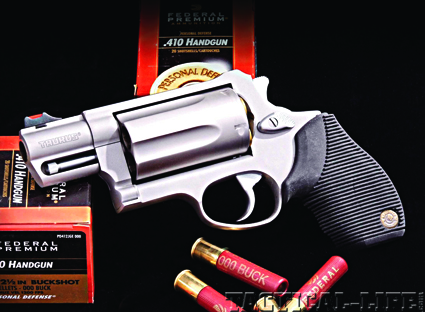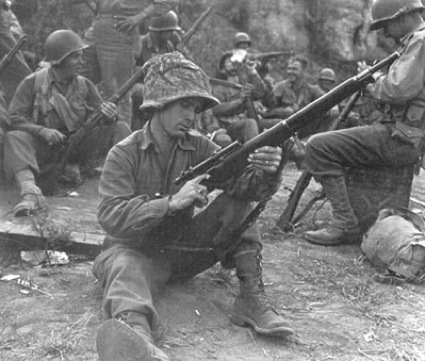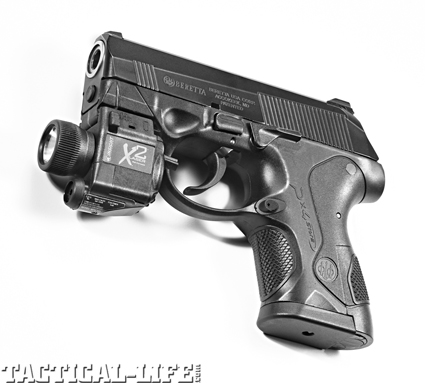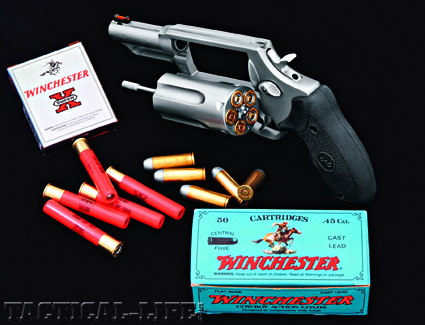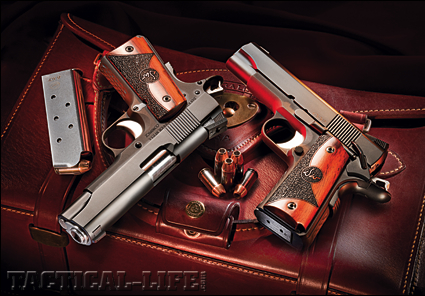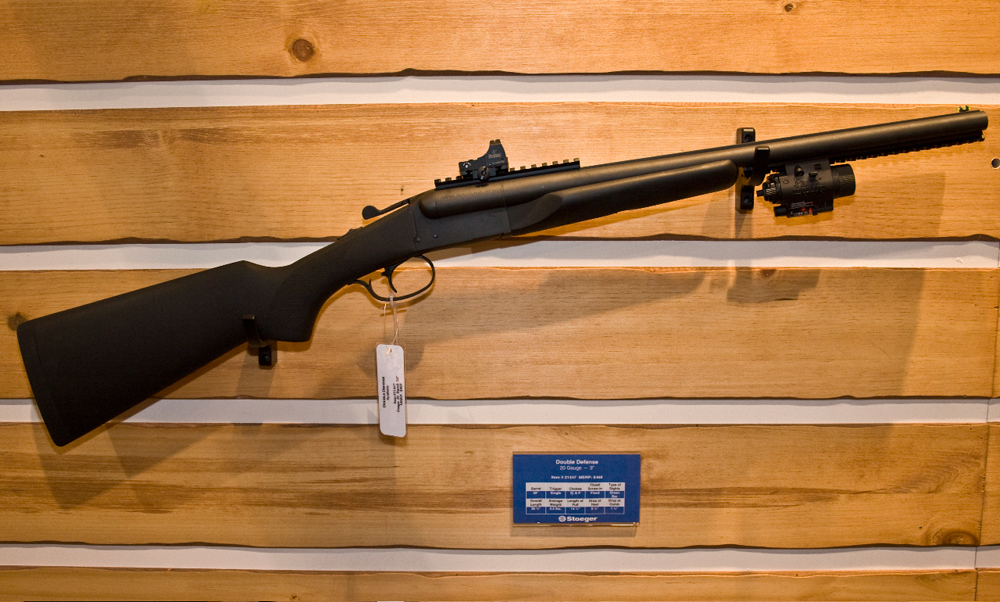Shotgun Ammo
When it comes to shotgun ammo, there are a variety of options available. Shotgun slugs are solid projectiles that can be used for hunting large game at close range. The 10 gauge is the largest shotgun shell and is often used for waterfowl hunting or trap shooting. The 12 gauge is the most popular size and can be found in nearly every sporting goods store. The 16 gauge has a loyal following among hunters and shooters. The 20 gauge is a versatile option that’s suitable for everything from bird hunting to home defense. The smaller gauges include the 28 gauge and .410 shotgun shells; these are typically used for skeet shooting or small game hunting.
Choosing which type of shotgun ammo to use ultimately depends on your intended purpose – whether you’re out in the field looking to bag some game or just practicing your aim at the range, there’s an ammo option that will suit your needs.
